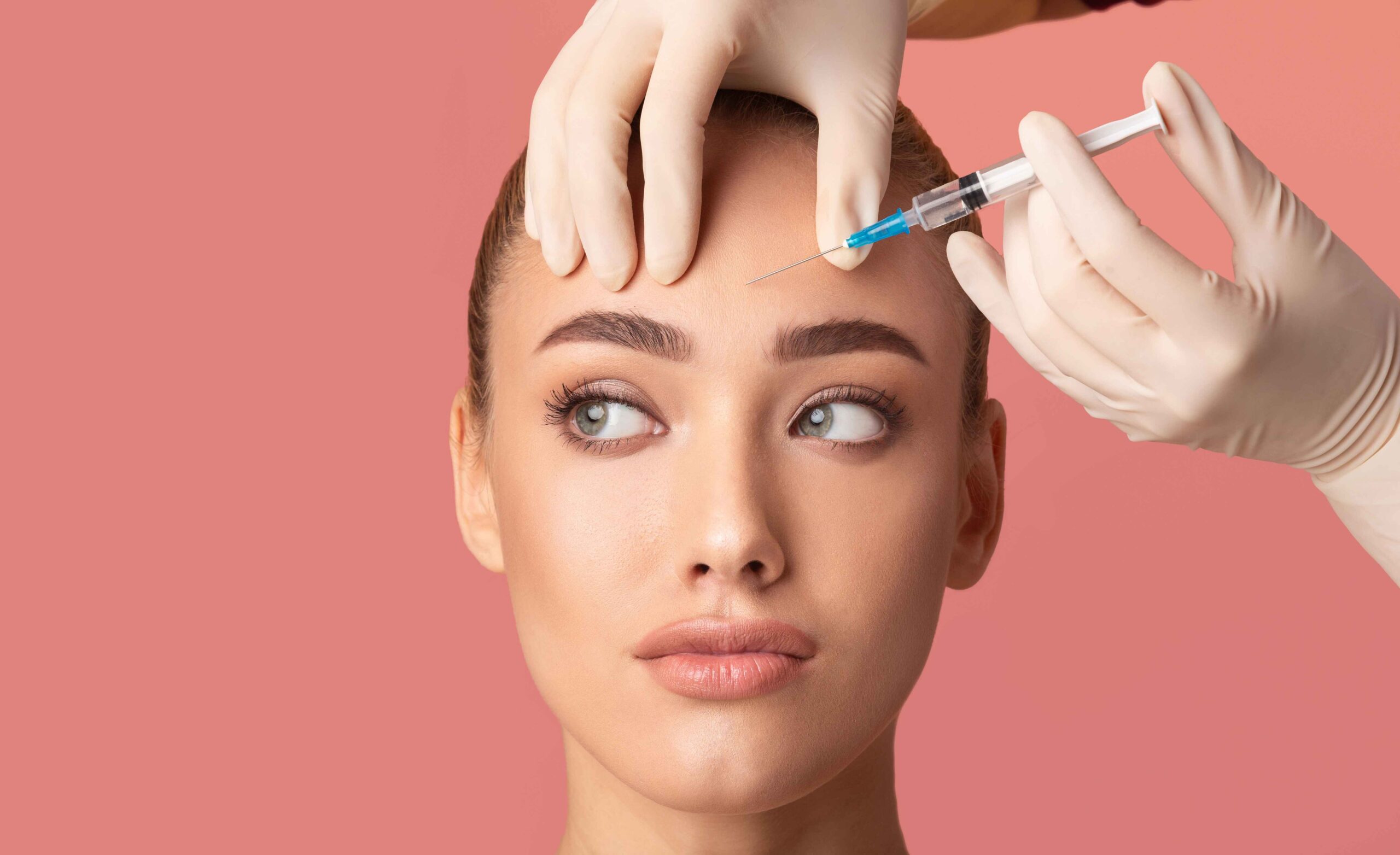

Understanding the differences between dermal fillers and Botox can be a bit confusing, especially if you’re new to cosmetic treatments.
Both options are popular for reducing the signs of aging, but they work differently and address different concerns. Let’s break down the basics in an easy-to-understand way.
Dermal fillers are elements injected into the skin to restore lost volume, smooth out wrinkles, and enhance facial contours. They are made from various materials, with hyaluronic acid being the most common.
Hyaluronic acid is a natural substance found in the body that keeps skin hydrated and plump. Os of dermal fillers include calcium hydroxylapatite and poly-polymethyl methacrylate methyl methacrylate. Each type has its specific use, depending on the area of the face and the desired results.
During a dermal filler treatment, a professional injects the filler substance into specific areas of your face. This process adds volume to the skin, filling in lines and wrinkles and giving the face a more youthful appearance.
They can also improve facial features, like the lips and cheeks. The procedure typically takes about 30 minutes, and the results can last from six months to two years, depending on the type of filler used.
Botox, short for botulinum toxin, is a neurotoxin that temporarily treats wrinkles and fine lines caused by muscle movements, such as frown lines, crow’s feet, and forehead lines.
When injected in small amounts, Botox blocks nerve signals in the muscles where it’s injected. Without these signals, the targeted muscles cannot contract, smoothing the overlying skin.
A Botox treatment involves injecting small amounts of botulinum toxin into specific facial muscles. The procedure usually takes 15-20 minutes, and the full effects can be seen within one to two weeks.
The results typically last three to four months, after which the treatment can be repeated. Botox is particularly effective for facial wrinkles that appear when you make serious expressions, like smiling or frowning.
The huge difference between dermal fillers and Botox is how they work to reduce wrinkles and enhance facial features. Dermal fillers add volume to the skin, which helps to smooth out wrinkles and plump up areas that have lost volume due to aging.
In contrast, Botox works by relaxing the muscles that cause wrinkles. Because of this fundamental difference, dermal fillers are better suited for static wrinkles—those that are present even when your face is at rest—while Botox is best for dynamic wrinkles.
Dermal Botox is used to treat different types of wrinkles and facial concerns. Dermal fillers are often used to:
On the other hand, Botox is commonly used to:
Another key difference between dermal fillers and Botox is how long their effects last and the maintenance involved. Dermal fillers can last from six months to two years, depending on the type of filler and the area treated.
Some fillers stimulate your body’s natural collagen production, leading to longer-lasting results. Botox, however, generally lasts about three to four months. Regular treatments are required to maintain the effect of dermal fillers and Botox.
When considering dermal fillers or Boknowing, knowing what to expect during the treatment pr is essential. Both treatments are minimally invasive and typically performed in a medical office or cutting. Here’s a closer look at each procedure:
The treatment begins with dermal fillers. During the consultation, the provider assesses your facial structure and discusses your aesthetic goals. They may use a topical anesthetic to numb the area and minimize discomfort.
With Botox, the with Botox process is similar. During the consultation, your provider will identify the areas that need treatment and discuss your expectations. A series of injections are administered to the specific muscles, causing wrinkles.
The entire Botox procedure typically takes about 15-20 minutes. Like dermal fillers, you can resume most normal activities immediately, although avoiding strenuous exercise for the first 24 hours is advised.
In some cases, combining dermal fillers and Botox can provide comprehensive facial rejuvenation. This approach, called a “liquid facelift,” addresses multiple signs of aging by smoothing out dynamic wrinkles with Botox and adding volume with dermal fillers.
A personalized treatment plan from a qualified provider can help you achieve a balanced and natural-looking result.
Understanding the options and processes for both treatments can help you determine the best approach to meeting your aesthetic goals.
Whether you choose dermal fillers or a botocombination of both, these treatments offer effective ways to enhance your appearance and boost your confidence.
Both dermal fillers and Botox are ideally safe when administered by a qualified professional. However, they do come with potential side effects. For dermal fillers, side effects can include redness, swelling, bruising, and lumps under the skin. In rare cases, fillers can cause more serious complications, such as infection or allergic reactions.
Botox side effects are generally mild and may include temporary bruising, headache, and slight pain at the injection site. Rarely, Botox can cause drooping of the eyelids or eyebrows if the injections are not placed correctly.
Deciding between dermal fillers and Botox depends on your concerns and desired outcome. If you want to add volume and smooth out deeper wrinkles, dermal fillers might be the better option.
If you’re more concerned with reducing the appearance of lines caused by facial expressions, Botox could be the solution for you. Consulting with a qualified provider can help you understand the best treatment plan for your needs.
In summary, dermal fillers and Botox offer different benefits and are used for various cosmetic purposes. Understanding these differences can help you make an informed decision about which treatment is right for you.
Whether you’re interested in adding volume to your face or smoothing out wrinkles caused by muscle movements, there’s a treatment that can help you achieve your aesthetic goals.
Book an appointment with us here at MD Cosmetic Care to discuss your options and find the best solution for your needs.